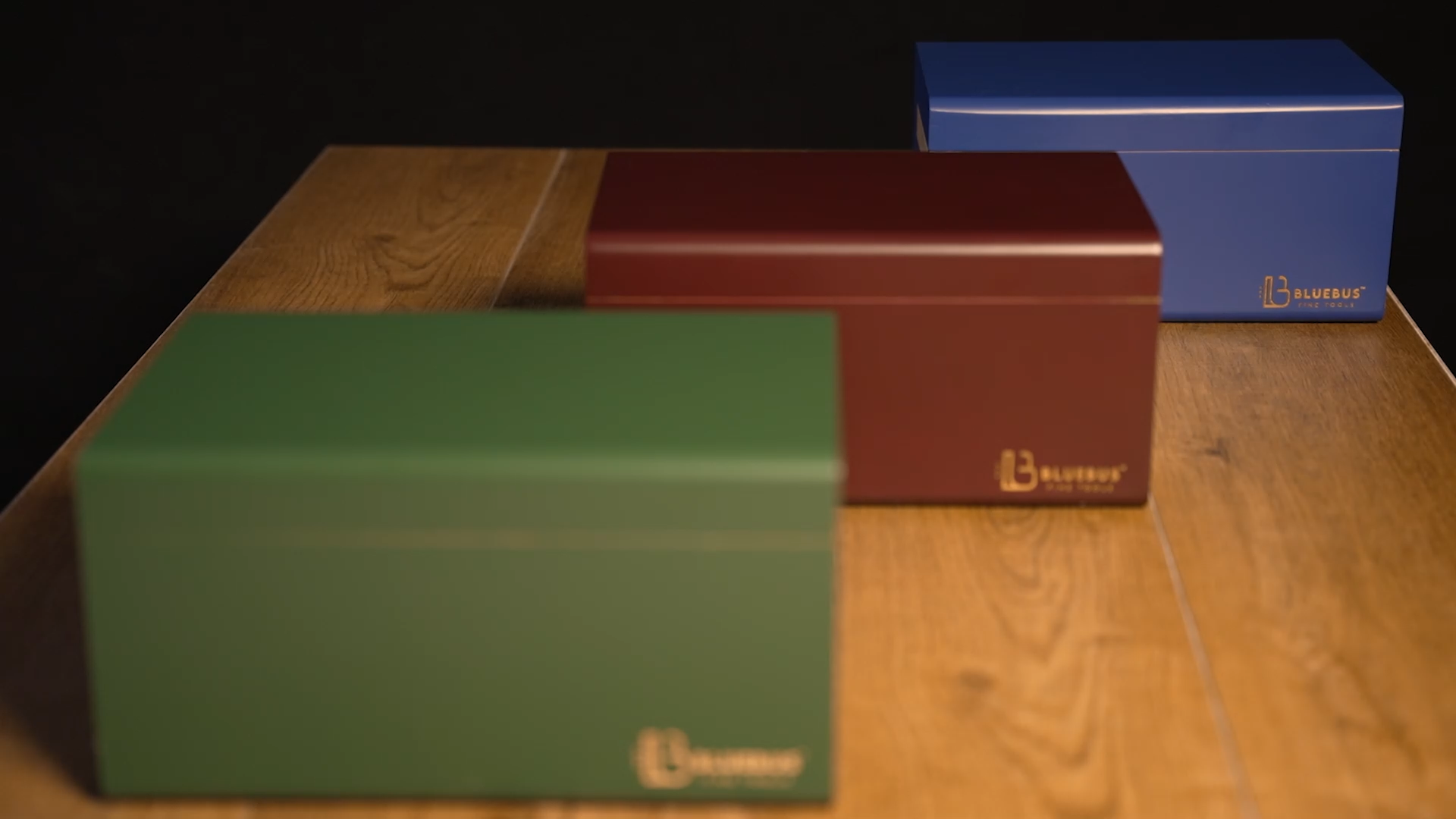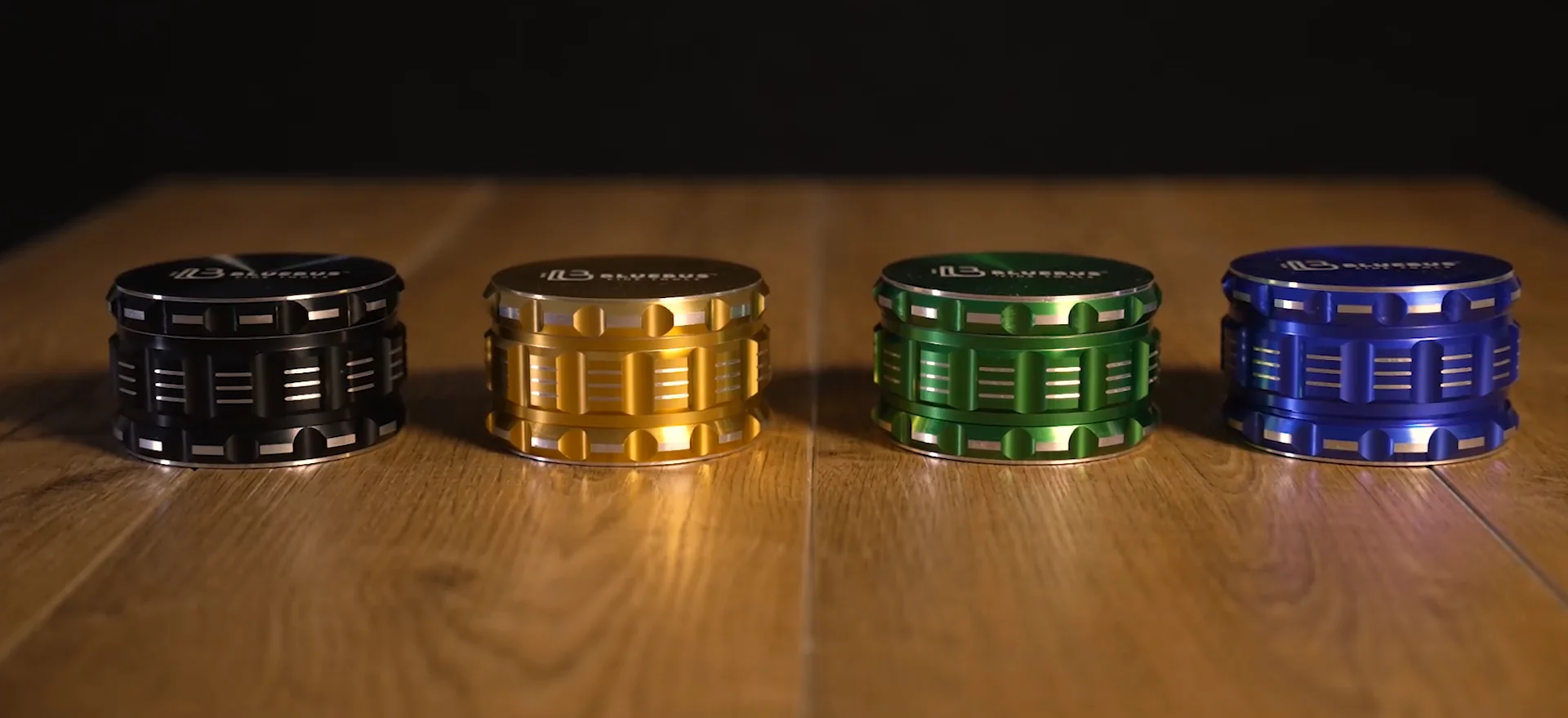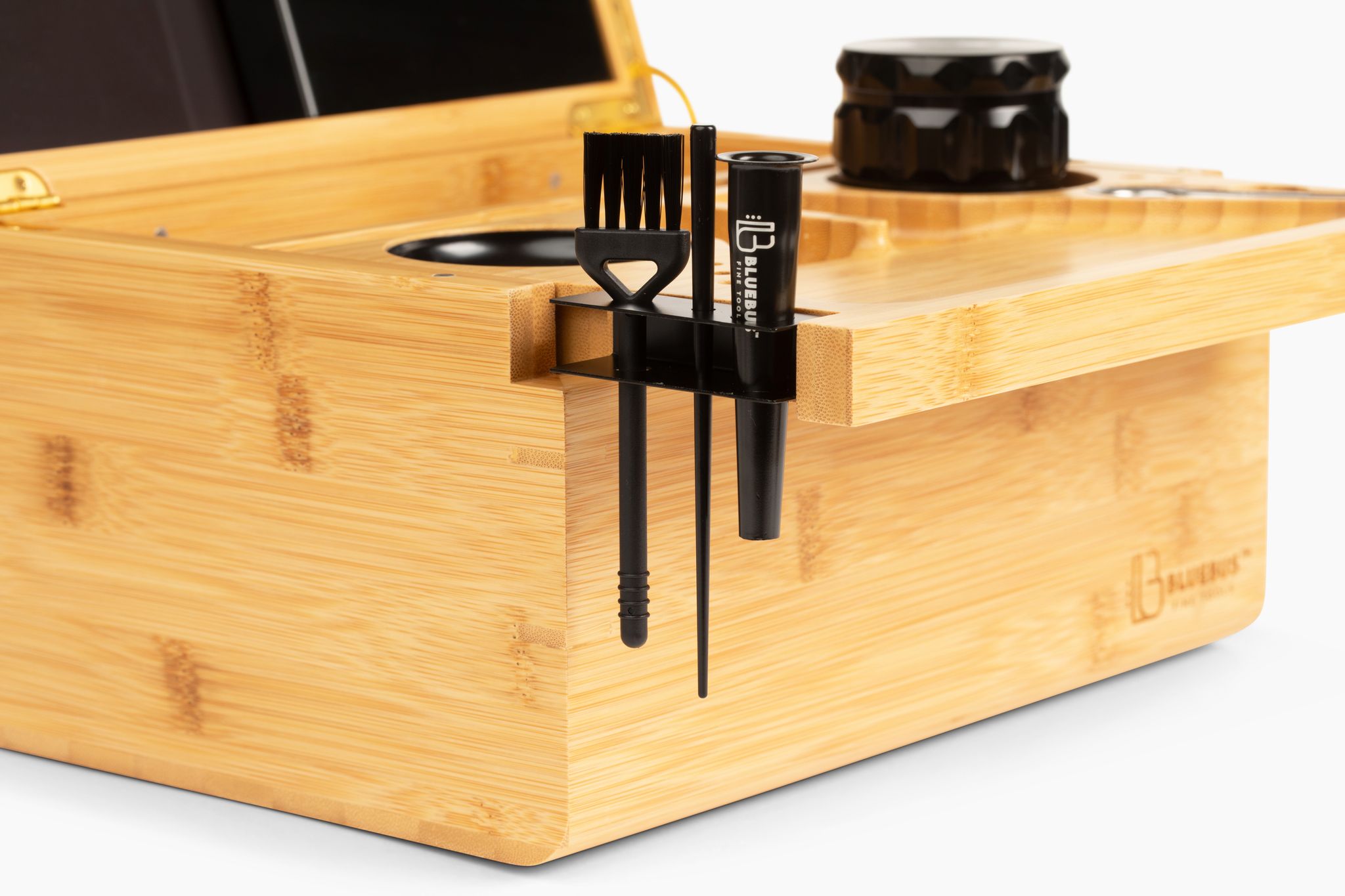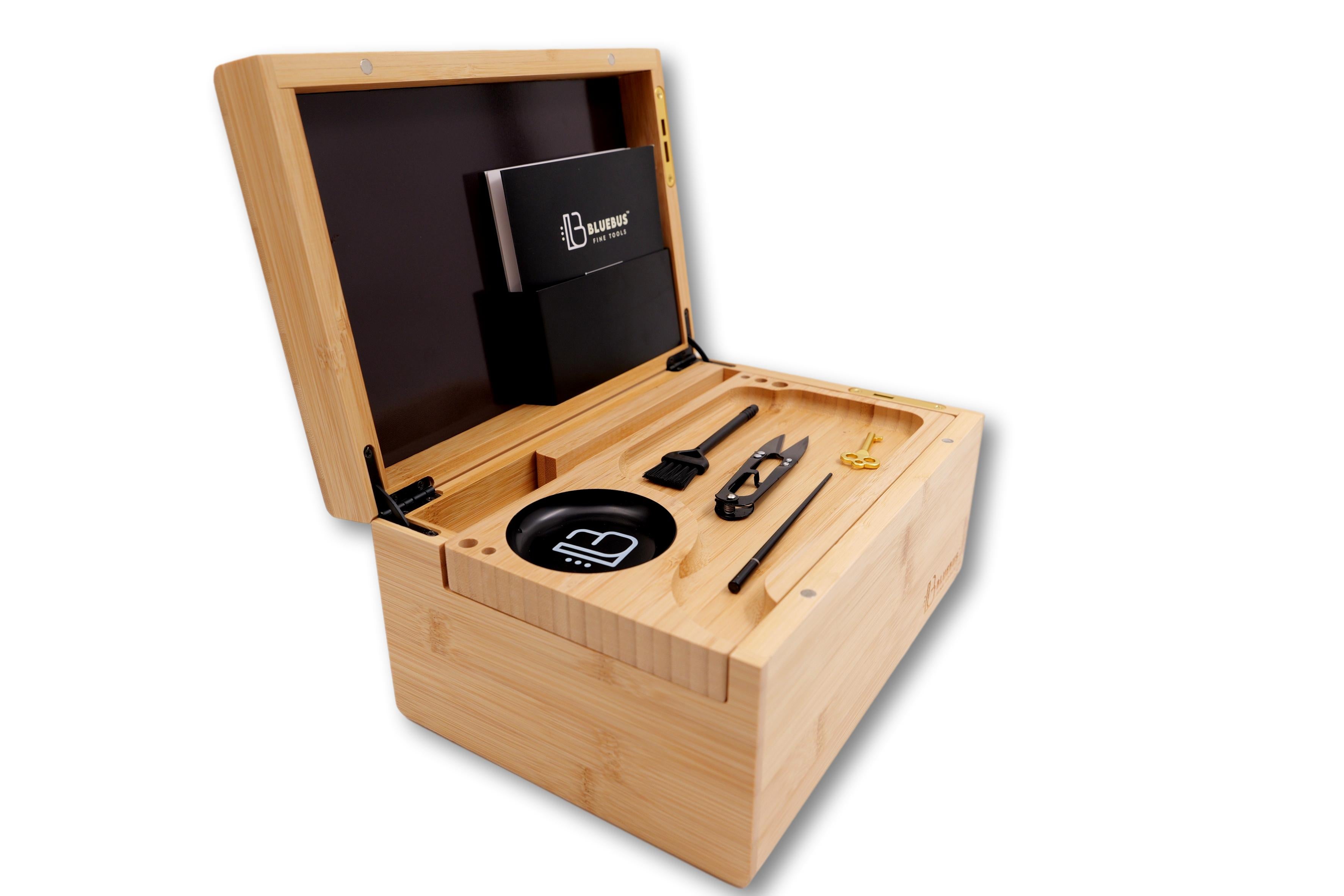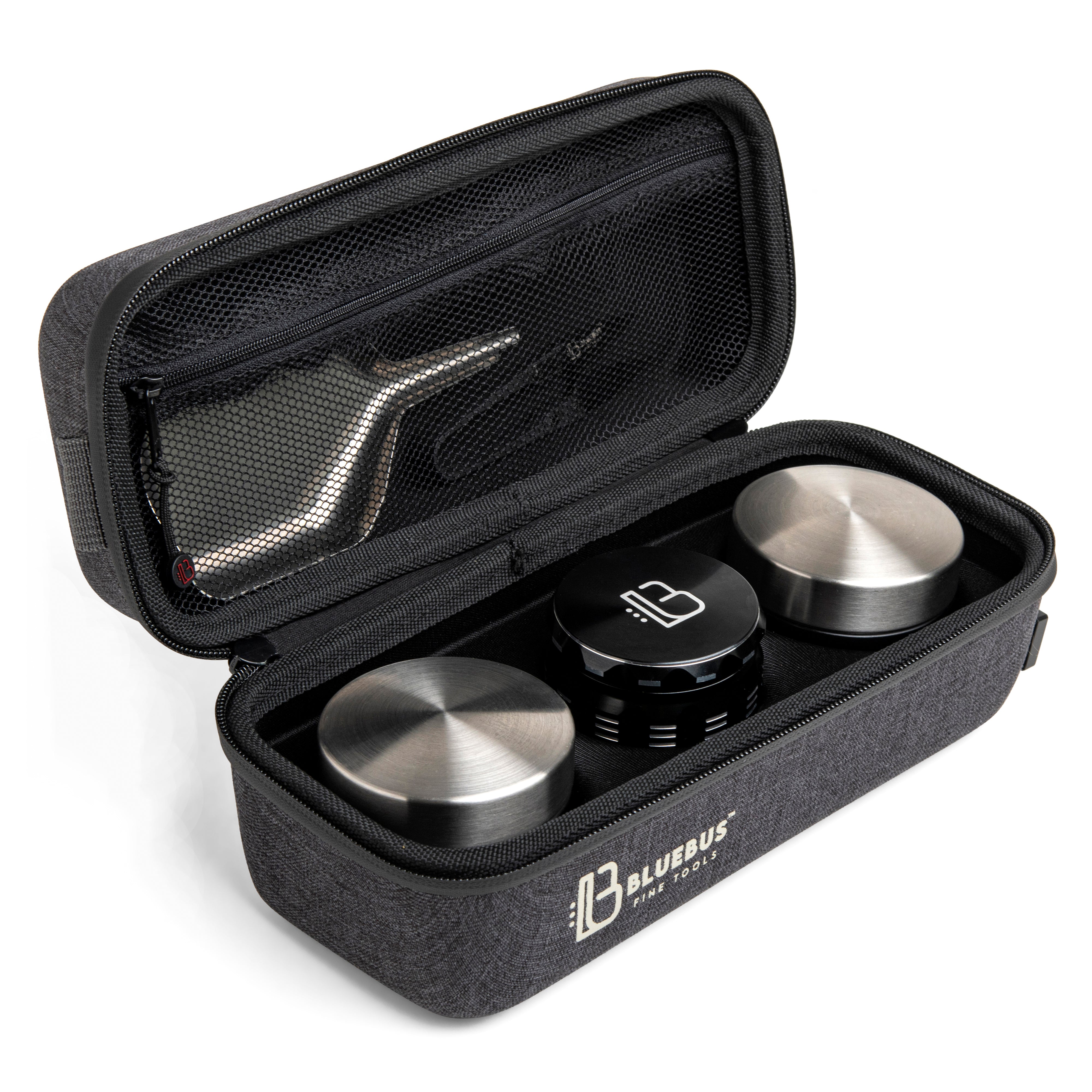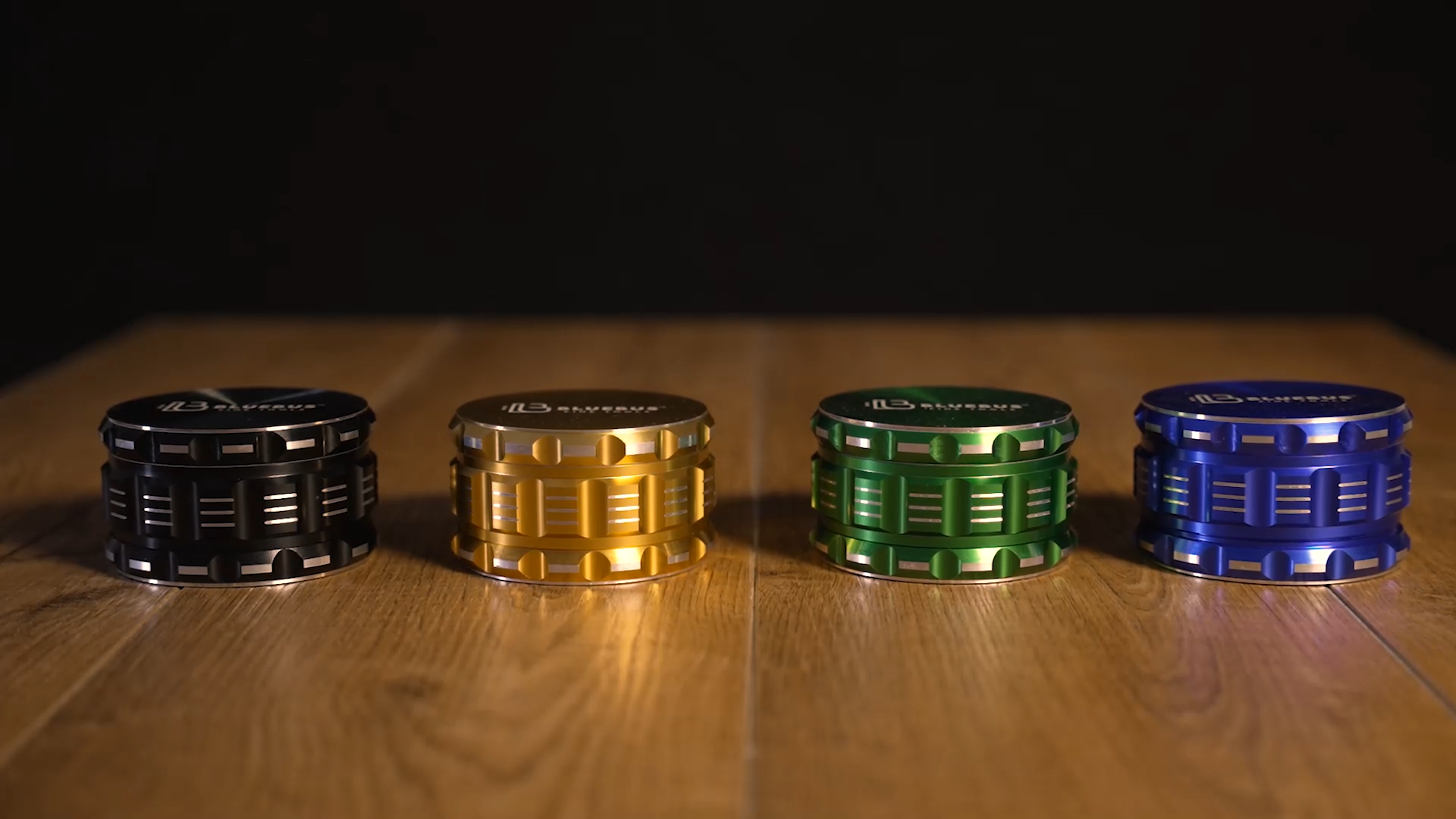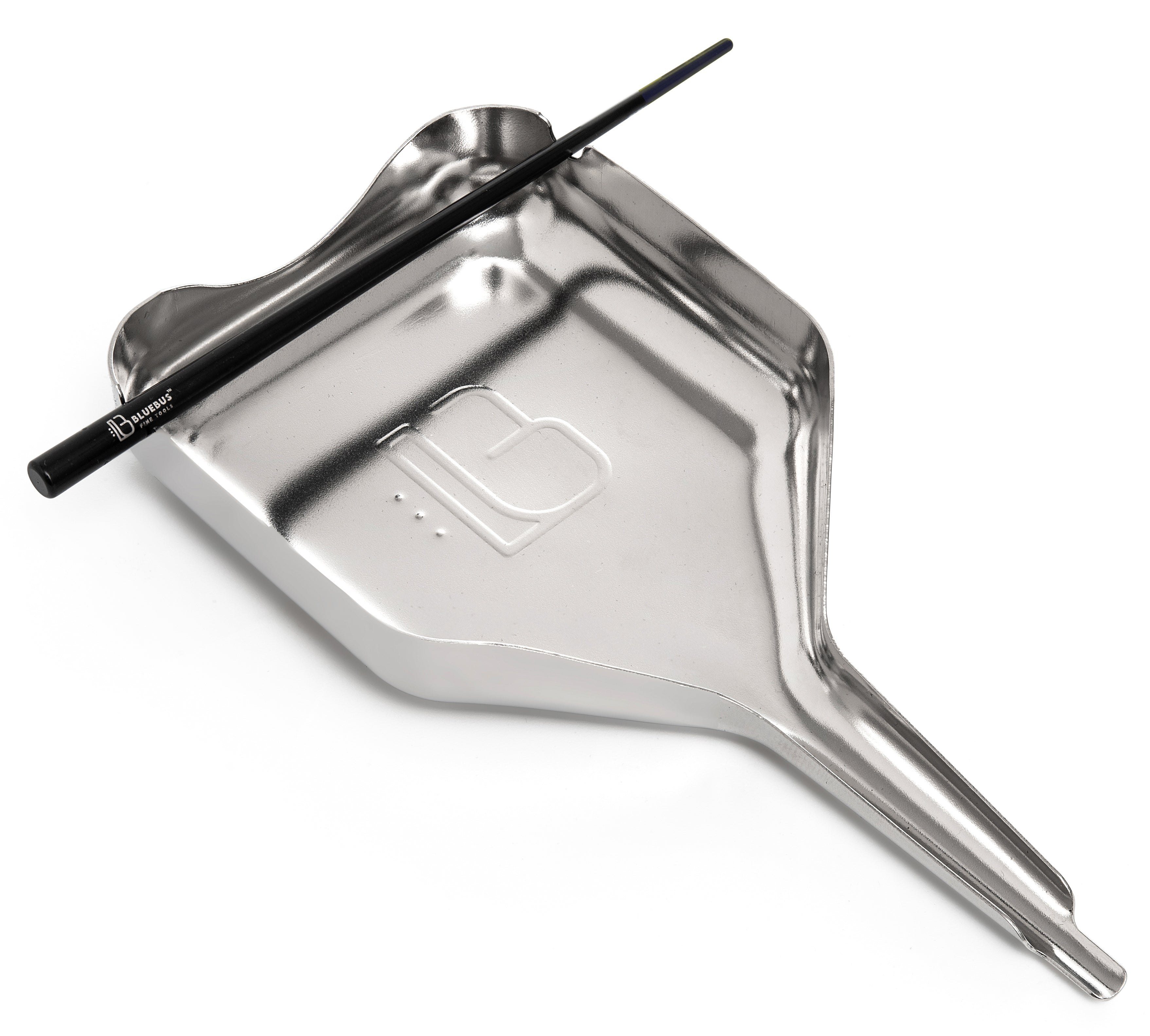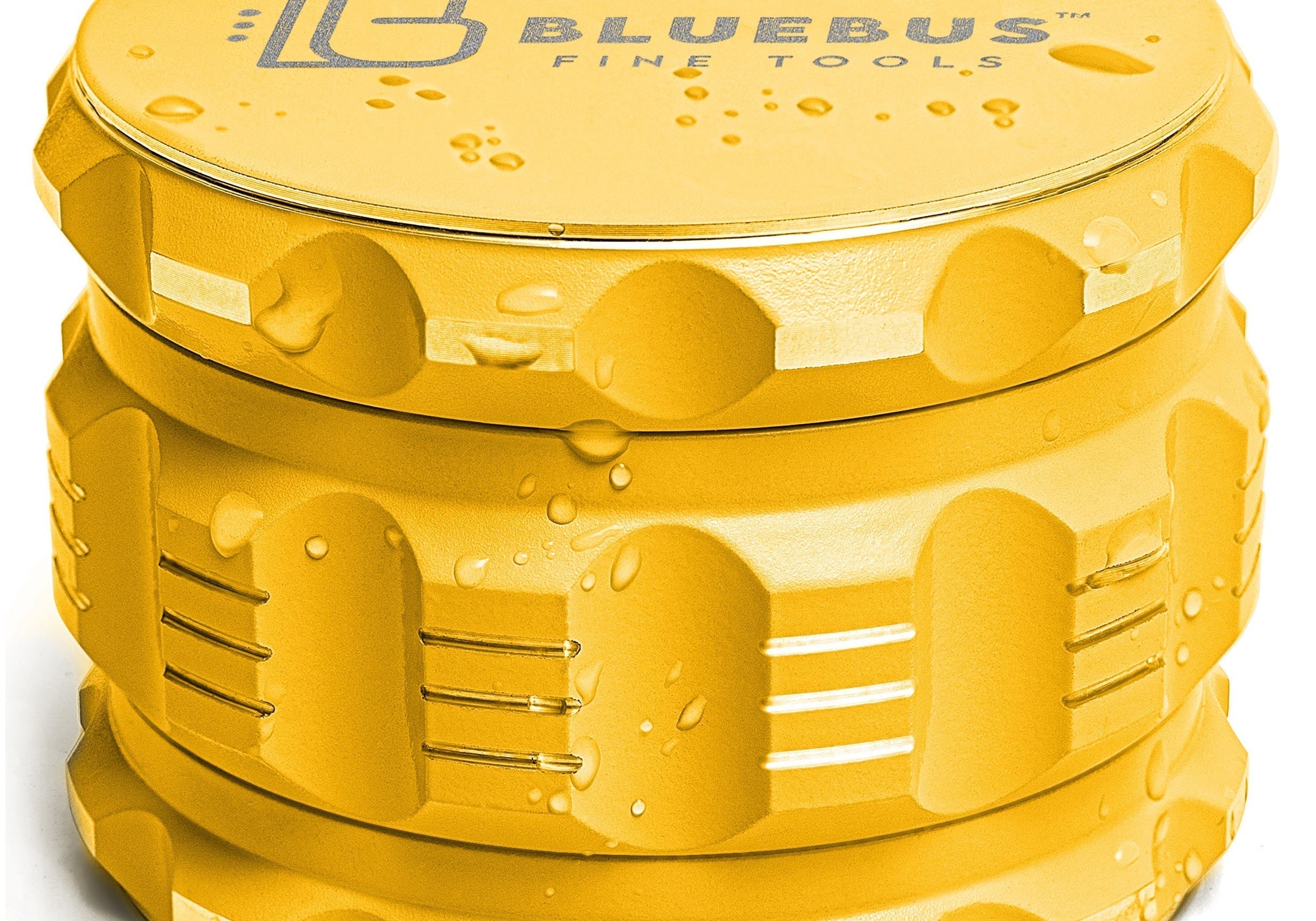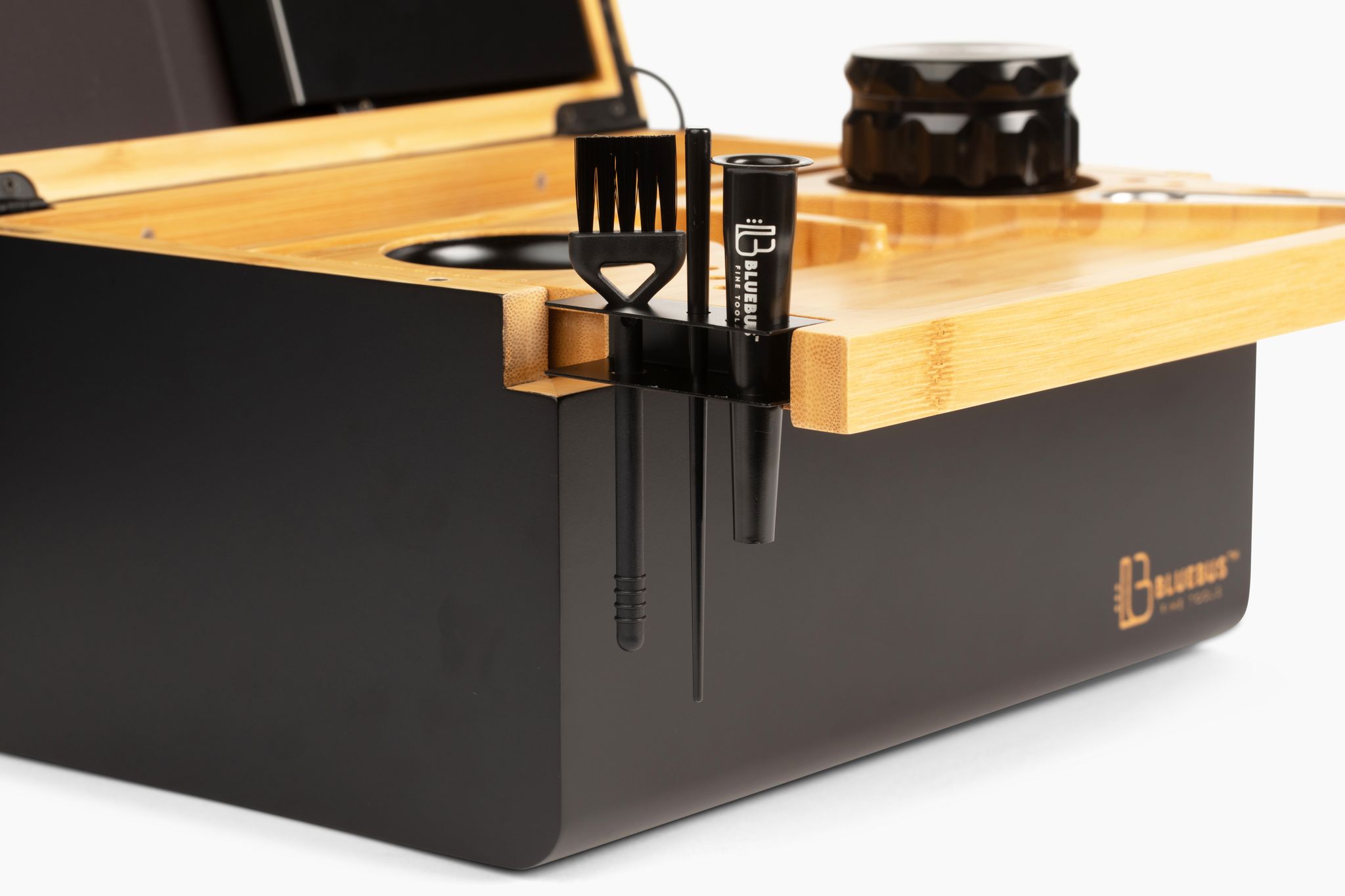Choosing the Locking Stash Box: Features, Types, and More
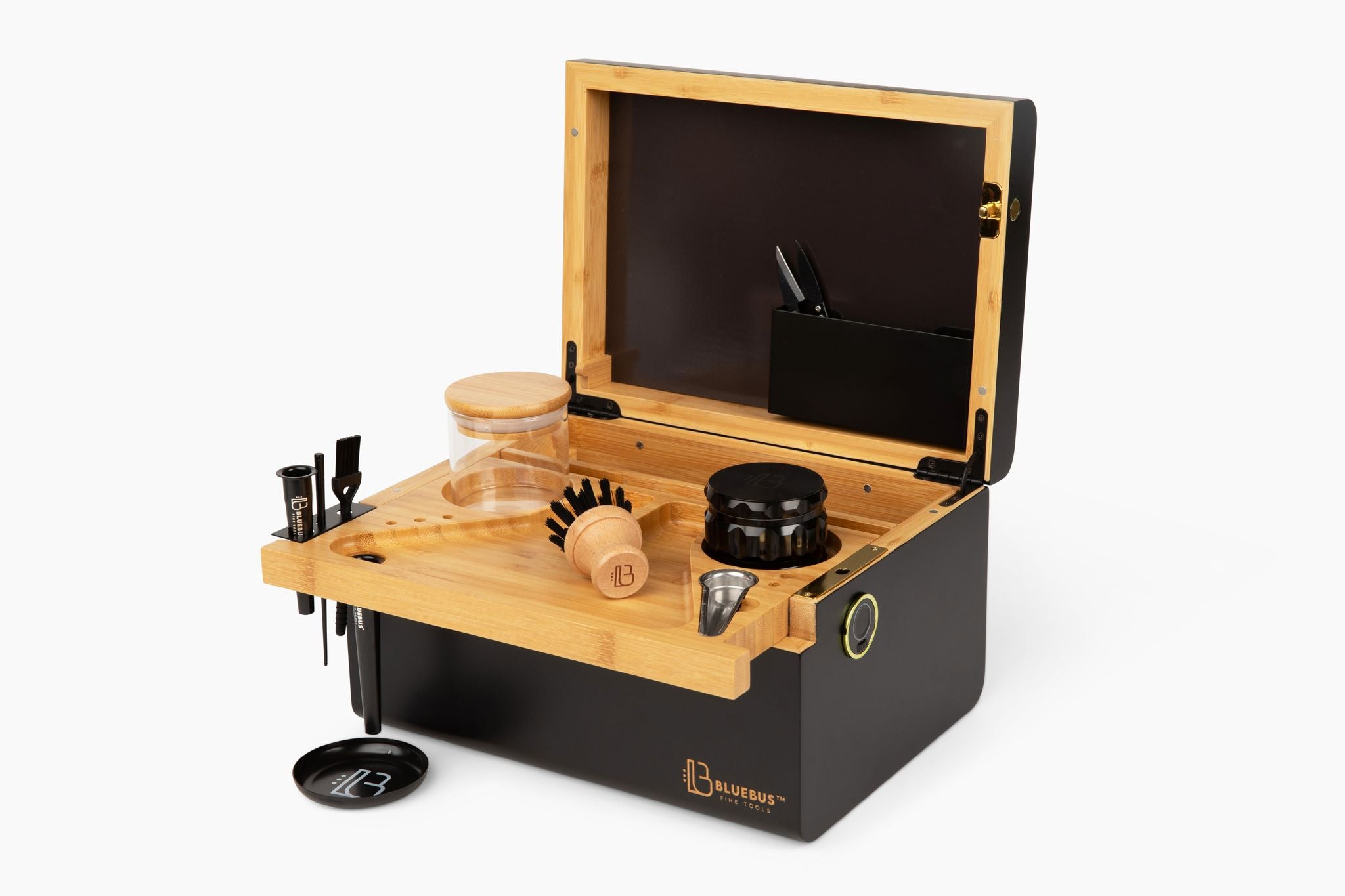
Locking Stash Box: A Comprehensive Guide
There has never been a greater need for a locking stash box in a society where security and privacy are top priorities. A locking stash box gives you the piece of mind you need whether you're protecting sensitive documents, valuable valuables, or legal narcotics. We'll go further into the realm of locking stash boxes in this detailed guide, investigating their numerous varieties, features, applications, and ethical and legal issues. After reading this article, you'll be well-informed, prepared to make an informed decision, and assured of your capacity to safeguard the things that are most important to you.
Why You Need a Locking Stash Box
A locking stash box serves several essential purposes, making it a must-have for individuals from all walks of life.
-
Protecting Your Valuables and Privacy
A lockable stash box provides a level of security that conventional storage options can't equal, whether you need to preserve pricey jewelry, significant documents, or private stuff. It shields your possessions from inquisitive eyes and possible burglars.
-
Legal Considerations
Owning a locking stash box might occasionally be a legal as well as practical consideration. Regarding the storage of weapons, prescription drugs, and other controlled substances, many states and nations have stringent laws. A locking stash box is a necessary instrument for legal compliance because breaking these regulations might have serious repercussions.
-
Safety Concerns
Safety becomes even more crucial if you have kids or pets in your house. Keeping potentially harmful materials out of reach with a locking stash box lowers the possibility of mishaps and harm to your loved ones.
-
Market Trends and the Demand for Locking Stash Boxes
In recent years, there has been a steady rise in demand for locking stash boxes. Manufacturers have reacted to consumers' growing awareness of security and privacy by developing a wide range of cutting-edge goods. There is a lockable stash box to fit your demands, whether you choose a conventional key lock, a high-tech biometric lock, or an RFID-enabled solution.
Our the Discovery Storage Box is constructed of bamboo, an eco-friendly material, and has everything you'll need for the ultimate smoking experience, including a rolling tray that you can carry around, large compartments, a magnetic board, odor-proof jars, and more.

$219.90
Types of Locking Stash Boxes
Now that we've established the importance of a locking stash box, let's explore the various types of locking mechanisms available.
-
Combination Locks
A traditional choice is combination locks. To unlock the box, you must accurately enter a number code that is used by them. They are dependable and don't require keys, but to access your goods, you must know the code.
Pros:
- No need for keys
- High security if the combination remains secret
Cons:
- Risk of forgetting the combination
- May be susceptible to unauthorized access if the code is discovered
-
Key Locks
Key locks are straightforward and reliable. You simply use a key to open the box. They are a popular choice for those who prefer traditional security.
Pros:
- Simple and reliable
- No risk of forgetting combinations
Cons:
- Risk of losing the key
- Potential for unauthorized access if the key falls into the wrong hands
-
Biometric Locks
Biometric locks use your unique biological traits, such as fingerprints, to grant access. They are highly secure and convenient.
Pros:
- Nearly impossible to duplicate
- Quick and convenient access
Cons:
- More expensive than other options
- Possible limitations if the biometric scanner malfunctions
-
RFID Locks
RFID (Radio-Frequency Identification) locks use radio waves to unlock the box when an authorized RFID card or tag is in close proximity. They offer a high level of security and convenience.
Pros:
- Swift and contactless access
- Multiple authorized users can be programmed
Cons:
- Requires RFID cards or tags
- Slightly higher cost compared to traditional locks
Choosing the Right Locking Mechanism for Your Needs
The locking method you choose will rely on your unique needs. A key lock can be your best option if simplicity and price are important to you. However, if you value modern convenience and security, a biometric or RFID lock would be the best option.
Features to Consider When Buying a Locking Stash Box
Now that you've decided on a locking mechanism, it's time to explore the features that matter most when purchasing a locking stash box.
-
Material and Durability
The material of your locking stash box plays a significant role in its overall durability and security. Common materials include steel, aluminum, and plastic. Steel offers the highest level of security and durability but may be heavier.
Consider the following:
- Steel: Provides maximum security but may be heavy and less portable.
- Aluminum: Offers a good balance of security and portability.
- Plastic: Lightweight but may lack the same level of security as metal options.
-
Size and Capacity
The size of your locking stash box should be determined by what you plan to store in it. Consider the dimensions and internal capacity carefully.
- Small boxes are suitable for jewelry, documents, and small valuables.
- Medium-sized boxes can accommodate firearms, prescription medications, and larger valuables.
- Large boxes are ideal for storing larger items or multiple items.
-
Portability and Discreetness
If you need to transport your locking stash box or keep it discreet, consider its portability and appearance.
- Portable options may include carrying handles or be designed for travel.
- Discreet designs can mimic everyday objects like books or electrical outlets to conceal the box's purpose.
-
Additional Security Features
Many locking stash boxes come with additional security features to enhance protection.
- Reinforced hinges and pry-resistant designs deter tampering.
- Fire-resistant and waterproof options can safeguard your belongings in emergencies.
- Some boxes have dual locks or multiple layers of security for added protection.
-
Price Range and Budget Considerations
Locking stash boxes come in a wide range of price points. Consider your budget and choose a box that offers the features and security level you need without breaking the bank.
How to Use a Locking Stash Box Effectively
Owning a locking stash box is just the first step; using it effectively is equally important. Here are some tips for getting the most out of your locking stash box:
-
Proper Storage Techniques
Ensure that you organize and store your items inside the box efficiently. Use containers, dividers, or foam padding to protect fragile or valuable items.
-
Maintenance and Care
Regularly inspect your locking stash box for any signs of wear or damage. Lubricate locks and hinges as needed to maintain their functionality.
-
Educating Others on Its Use
If you share a household with others, make sure they are aware of the locking stash box's purpose and how to use it safely. Educate them on any legal implications if applicable.
-
Legal Responsibilities and Guidelines
If you are using a locking stash box to comply with legal regulations, familiarize yourself with the specific laws in your area. Know the consequences of non-compliance and ensure that your box meets the necessary requirements.
Locking Stash Box Options
If you're feeling adventurous or prefer a customized solution, you can consider building your own locking stash box. Here, we'll provide you with the steps, materials, and precautions necessary for a successful DIY project.
-
Building Your Own Locking Stash Box
Creating your locking stash box can be a rewarding endeavor. It allows you to tailor the box to your specific needs and preferences. Here's a general guide to get you started:
Materials You'll Need:
- Suitable box or container (wooden, metal, or plastic)
- Locking mechanism (combination, key, biometric, or RFID)
- Hinges
- Screws and screwdriver
- Drill and drill bits
- Sandpaper
- Paint or finish (if desired)
-
Step-by-Step Instructions
a. Choose a Container: Select a box or container that suits your needs in terms of size, material, and design. It should be large enough to accommodate your items while still being discreet if necessary.
b. Install the Lock: Depending on your chosen locking mechanism, follow the manufacturer's instructions for installation. This may involve drilling holes for the lock or biometric scanner.
c. Attach Hinges: If your container doesn't already have hinges, install them to create a hinged lid. This allows for easy access to the contents.
d. Sand and Finish (Optional): If desired, sand the container's surfaces to create a smooth finish. You can also paint or finish the box to match your preferences.
e. Test and Secure: Once your DIY locking stash box is assembled, test the locking mechanism to ensure it works correctly. Make any necessary adjustments.
f. Safe Storage: After you've completed the box, use it to store your items securely. Remember to educate others in your household on its use and keep it in a secure location.
-
Safety Precautions
When building your DIY locking stash box, take safety precautions seriously:
- Use appropriate safety gear, such as safety glasses and gloves.
- Operate power tools safely, following the manufacturer's instructions.
- Keep sharp objects and small parts out of the reach of children and pets.
- Ensure that the box is sturdy and secure, minimizing the risk of accidents.
Legal Considerations and Regulations
Understanding the legal landscape surrounding locking stash boxes is crucial. Laws and regulations can vary significantly depending on your location and the items you intend to store. Here are some key points to consider:
-
State and Federal Laws Related to Stash Boxes
-
Firearms: If you plan to store firearms in your locking stash box, familiarize yourself with local and federal laws regarding firearm storage, including the use of gun safes or lockboxes.
-
Controlled Substances: The storage of prescription medications, medical marijuana, or other controlled substances may be subject to strict regulations. Be aware of these laws to avoid legal consequences.
-
Privacy: Ensure that using a locking stash box for privacy and security purposes does not conflict with any local, state, or federal regulations.
-
Tips on Staying Compliant
-
Research and consult local authorities or legal experts to ensure that your locking stash box complies with all applicable laws.
-
Keep records of any important documents or licenses related to the items you're storing.
-
Store your locking stash box in a secure location, away from unauthorized access.
-
Educate yourself and your household members on the legal responsibilities and consequences of non-compliance.
-
Consequences of Non-Compliance
Failure to comply with relevant laws and regulations can have serious consequences, including fines, legal penalties, or the confiscation of your belongings. It's essential to stay informed and act responsibly to avoid any legal issues.
FAQs About Locking Stash Boxes
As we wrap up this comprehensive guide, let's address some common questions and concerns that readers like you may have about locking stash boxes.
- Are locking stash boxes legal?
The legality of locking stash boxes depends on the items you intend to store and the laws in your area. It's crucial to research and understand local, state, and federal regulations to ensure compliance.
- What's the best locking mechanism for a stash box?
The best locking mechanism depends on your specific needs and preferences. Combination locks, key locks, biometric locks, and RFID locks all have their advantages and disadvantages. Consider factors like security, convenience, and budget when making your choice.
- Can I use a locking stash box for firearms?
Yes, you can use a locking stash box to store firearms, but it must comply with all relevant firearm storage laws. In many cases, this may involve using a dedicated gun safe or lockbox designed for firearms.
- How do I maintain my locking stash box?
Regular maintenance is essential to ensure your locking stash box functions correctly. Lubricate locks and hinges, inspect for wear and tear, and clean the box as needed. Follow the manufacturer's maintenance guidelines for your specific locking mechanism.
Conclusion
A locking stash box is a versatile and valuable tool that offers security, privacy, and peace of mind. Whether you're safeguarding your valuables, complying with legal regulations, or protecting your loved ones, choosing the right locking stash box is a decision not to be taken lightly.
In this comprehensive guide, we've explored the various types of locking stash boxes, the features to consider when making a purchase, and tips for effective usage. We've also touched on DIY options, legal considerations, and answered common questions.
By arming yourself with knowledge and understanding the nuances of locking stash boxes, you'll be better equipped to make an informed decision that suits your unique needs and circumstances. Remember that your choice of a locking stash box can make a significant difference in your security and peace of mind, so choose wisely.

